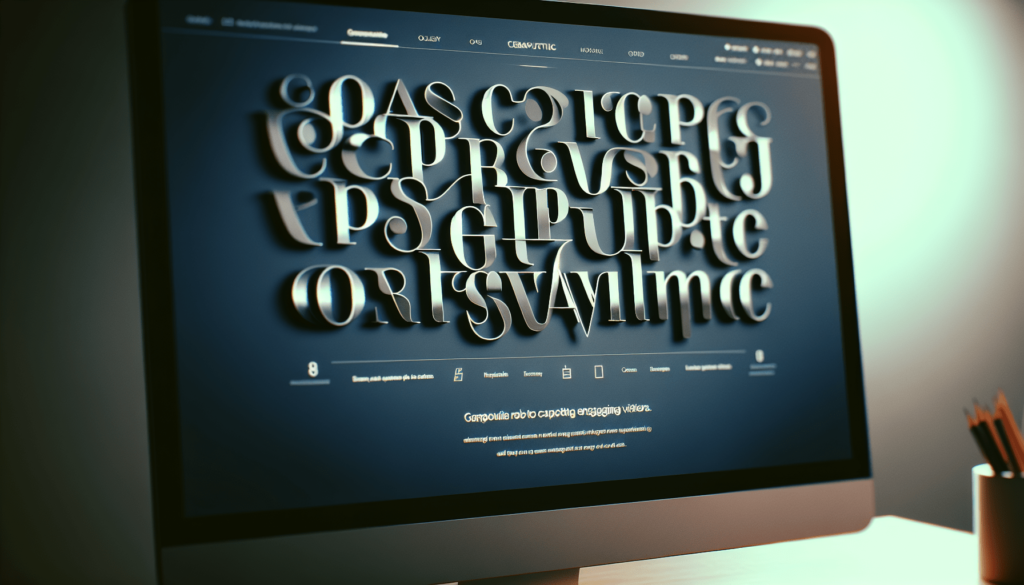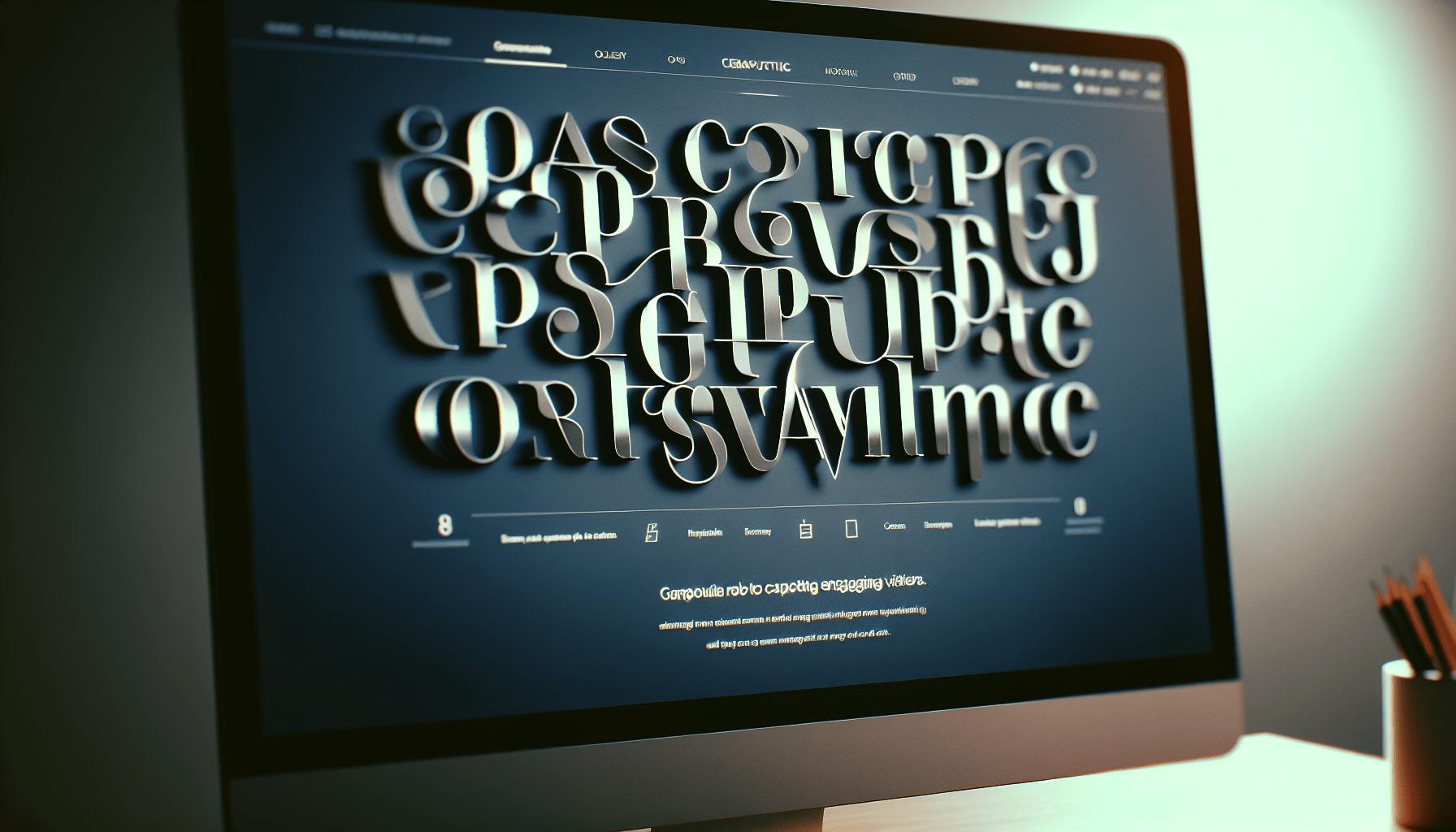What Is The Role Of Typography In Website Design?
Understanding Typography in Website Design
Typography plays a crucial role in website design as it involves the art of arranging type to make written language legible, readable, and visually appealing. The right choice of typography can greatly impact the overall look and feel of a website, affecting the user experience and conveying the brand’s message effectively.
Importance of Typography in Website Design
Typography is one of the key elements in web design that helps to establish hierarchy, structure, and emphasis in the content. It is not just about choosing the right font, but also about selecting the appropriate typeface, font size, line spacing, and color to create a visually appealing layout that enhances readability and user engagement.
Enhancing User Experience through Typography
By using typography effectively in website design, you can improve the overall user experience by making the content easier to read and navigate. Clear and legible typography can help users quickly find the information they are looking for, leading to higher engagement and conversion rates on your website.
Creating Brand Identity with Typography
Typography plays a significant role in creating a strong brand identity for your website. By choosing fonts that reflect your brand’s personality and values, you can establish a unique visual identity that sets you apart from competitors. Consistent use of typography across all communication channels helps to reinforce brand recognition and build trust with your audience.

Choosing the Right Typography for Your Website
Selecting the Right Typeface
When choosing typography for your website, it is essential to start by selecting the right typeface that aligns with your brand’s identity and target audience. There are various types of typefaces such as serif, sans-serif, script, and display fonts, each with its own unique characteristics and design elements.
Consider Legibility and Readability
Legibility and readability are crucial factors to consider when selecting typography for your website. Make sure to choose fonts that are easy to read on different devices and screen sizes, and consider factors such as font size, line spacing, and contrast to enhance readability and user experience.
Establishing Visual Hierarchy
Typography helps to establish a visual hierarchy in your content by using different font sizes, weights, and styles to create emphasis and structure. By choosing fonts with varying characteristics, you can guide users’ attention to key information on the page and improve the overall readability of your website.
Creating Consistent Typography Guidelines
To maintain a cohesive and professional look across your website, it is important to establish consistent typography guidelines that define how fonts should be used for different types of content. By creating a typography style guide, you can ensure that fonts are used consistently throughout your website, reinforcing brand identity and improving user experience.
Best Practices for Typography in Website Design
Use a Limited Number of Fonts
To maintain a clean and cohesive design, it is recommended to use a limited number of fonts on your website. Stick to two or three complementary fonts for headings, subheadings, and body text to create a harmonious and visually pleasing layout.
Pay Attention to Line Length and Spacing
Consider the line length and spacing of your text to optimize readability and user experience. Aim for an optimal line length of around 45-75 characters per line and use adequate line spacing to prevent text from appearing cramped or overwhelming.
Contrast for Emphasis
Use contrast in typography to create visual interest and emphasize key elements on your website. Experiment with different font weights, sizes, and colors to draw attention to important information and guide users through the content hierarchy.
Test Typography on Different Devices
Ensure that your typography choices are responsive and readable on various devices and screen sizes. Test your website’s typography on desktops, smartphones, and tablets to ensure a consistent and enjoyable reading experience for all users.

Conclusion
Typography plays a pivotal role in website design, influencing the overall look and feel of a website, user experience, and brand identity. By understanding the importance of typography and following best practices in choosing and using fonts, you can create a visually appealing and engaging website that effectively communicates your brand’s message to your audience. Remember to experiment with typography and continuously refine your approach to ensure that your website remains visually appealing and user-friendly.









